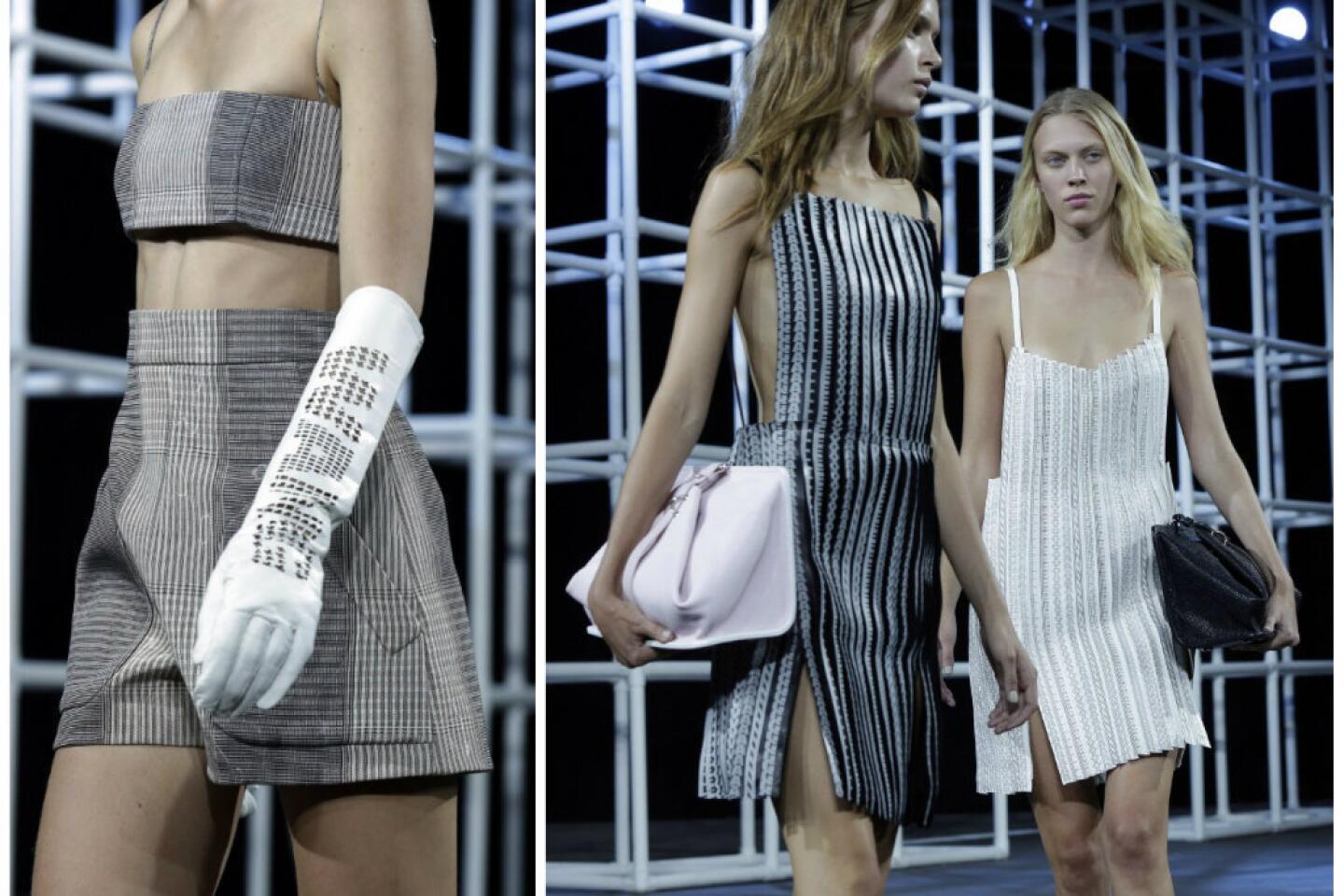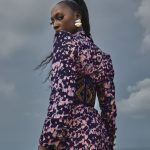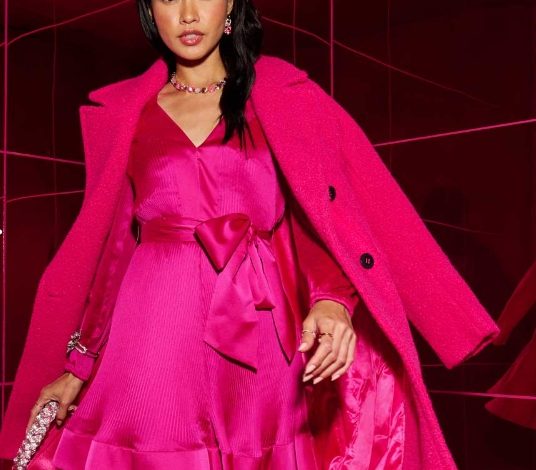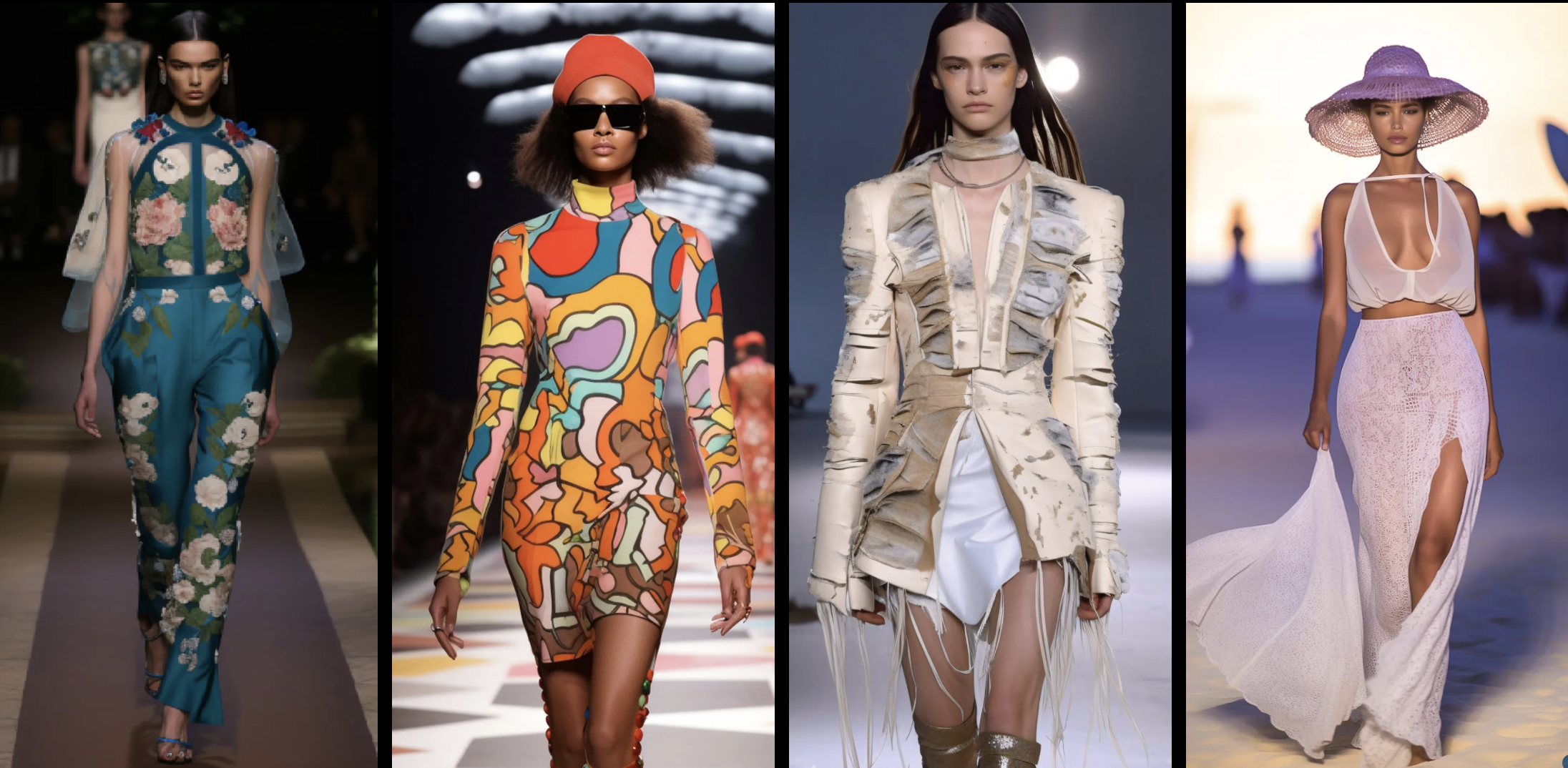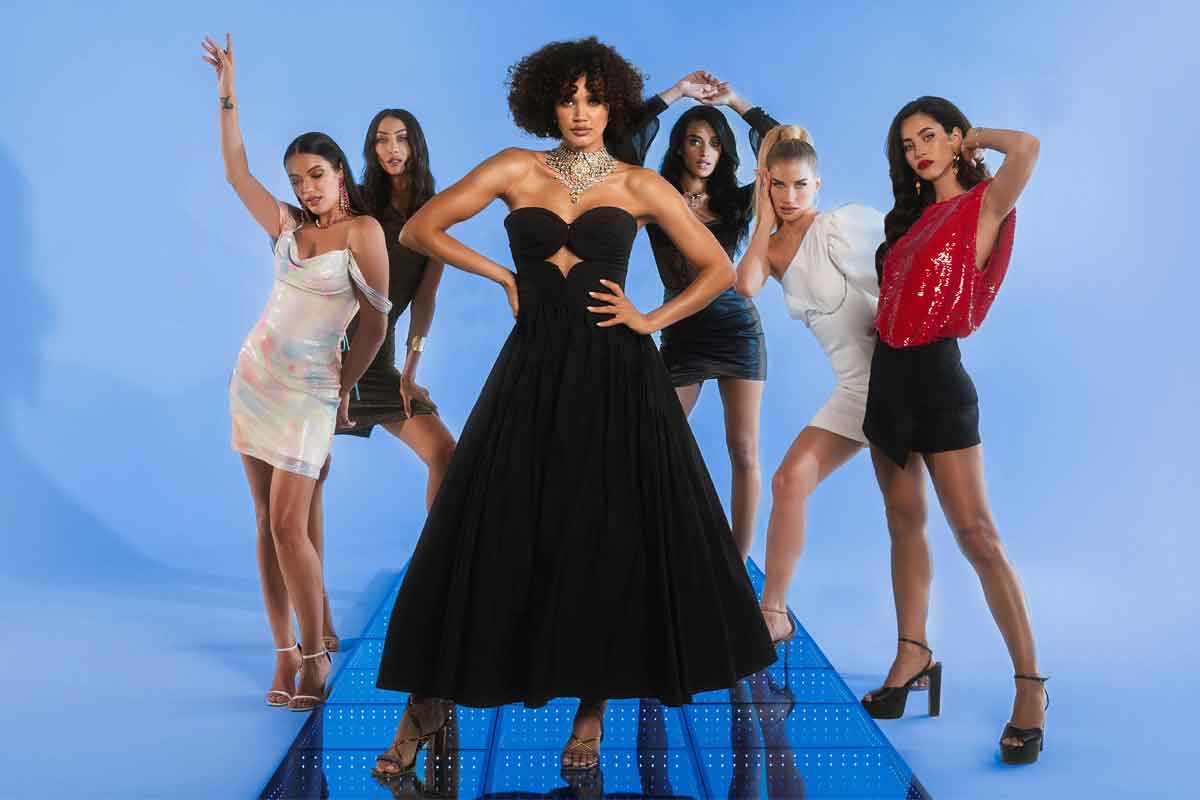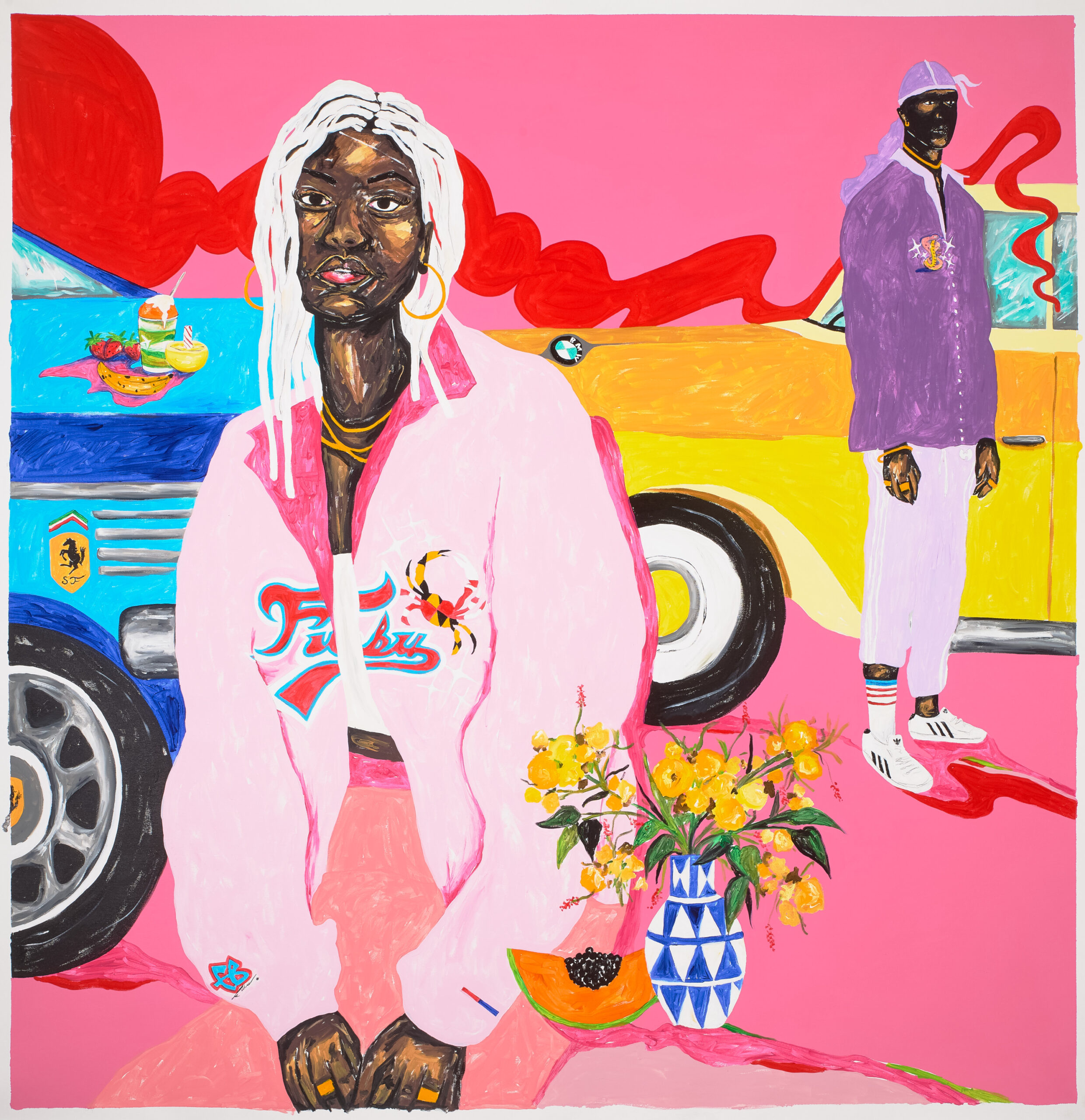
Icons of Subversive Fashion: Who Made Waves?
Fashion has always been a powerful tool for self-expression and a means of challenging societal norms. Throughout history, there have been countless individuals who have used fashion as a medium to provoke, subvert, and question the status quo. These individuals, sometimes referred to as fashion icons, have left an indelible mark on the industry and have become symbols of rebellion and change. In this blog post, we will explore some of these icons of subversive fashion, their contributions, and the lasting impact they have had on the world of fashion and beyond.
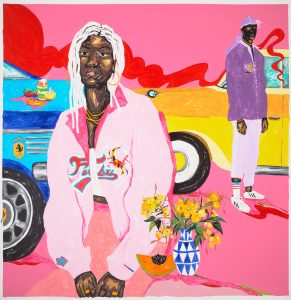
One such fashion icon is Vivienne Westwood, a British designer known for her punk-inspired aesthetic and her fearless approach to challenging conventions. Westwood, along with her then-partner Malcolm McLaren, played a significant role in the emergence of the punk subculture in the 1970s. Their boutique, SEX, became a gathering place for rebellious youth, and their clothing designs became synonymous with the punk movement. Westwood’s designs were characterized by their provocative nature, including torn fabrics, bondage-inspired elements, and controversial graphics. She used her platform to criticize the conservative establishment and to advocate for social and political change. Years later, Westwood continues to be a vocal activist, using her brand and influence to raise awareness about issues such as climate change and human rights.
Another fashion icon who made waves through their subversive approach to fashion is Alexander McQueen. Known for his dramatic and often controversial runway presentations, McQueen was a true visionary. His designs blurred the lines between art and fashion, often pushing boundaries and challenging traditional notions of beauty. McQueen was notorious for his dark and macabre aesthetic, exploring themes such as death, sexuality, and gender in his collections. His shows were spectacles in and of themselves, with shock-inducing elements that aimed to provoke and leave a lasting impact on the audience. Despite his untimely death, McQueen’s legacy lives on, and his influence can be seen in the works of many contemporary designers.
In the realm of streetwear, it is impossible to talk about subversive fashion without mentioning the iconic brand, Supreme. What started as a small skateboarding shop in downtown Manhattan has transformed into a global phenomenon. Supreme’s success can be attributed, in large part, to its ability to tap into the counterculture and embrace a sense of subversion. One of the ways the brand has achieved this is through its collaborations with artists, musicians, and other brands who challenge the status quo. Supreme has been quick to blur the lines between high and low culture, often appropriating iconic logos and recontextualizing them within the streetwear world. This appropriation has garnered both praise and criticism, but there is no denying the cultural impact Supreme has had on the fashion industry and its ability to provoke discussions about art, commerce, and consumerism.
While fashion icons often emerge from within the industry, there are also individuals who have used their personal style and influence to subvert fashion norms. One such person is Iris Apfel, a nonagenarian whose eccentric and bold approach to fashion has captivated the world. Apfel’s unique style, characterized by her penchant for oversized glasses, colorful and layered outfits, and statement jewelry, challenges conventional notions of age and beauty. She has become a symbol of self-expression and is celebrated for her fearless embrace of individuality. Apfel continues to inspire people of all ages to embrace their personal style and not be constrained by societal expectations.
The examples mentioned here are just a handful of the many fashion icons who have shaped the industry through their subversive approach. These individuals, through their work or personal style, have challenged prevailing norms, pushed boundaries, and sparked important discussions about identity, culture, and societal expectations. Their contributions have not only influenced the world of fashion but have also left a lasting impact on popular culture, art, and the broader social landscape.
In a society that often expects conformity, these fashion icons remind us of the power of self-expression and the importance of embracing individuality. They teach us that fashion can be more than just clothes; it can be a platform for social change, a means of challenging the status quo, and a tool for personal liberation. So, let us celebrate these icons of subversive fashion and allow them to inspire us to push boundaries and create our own sartorial narratives.

